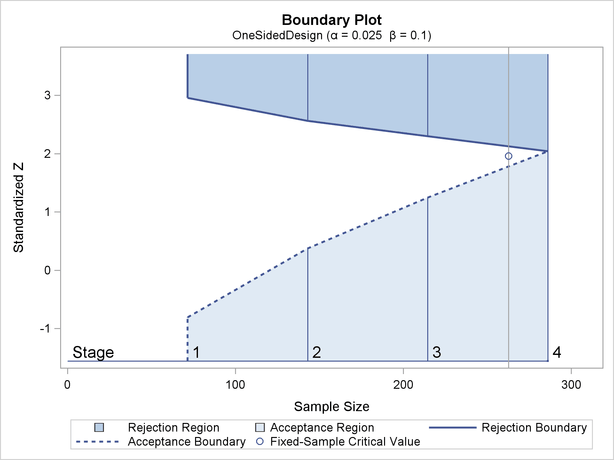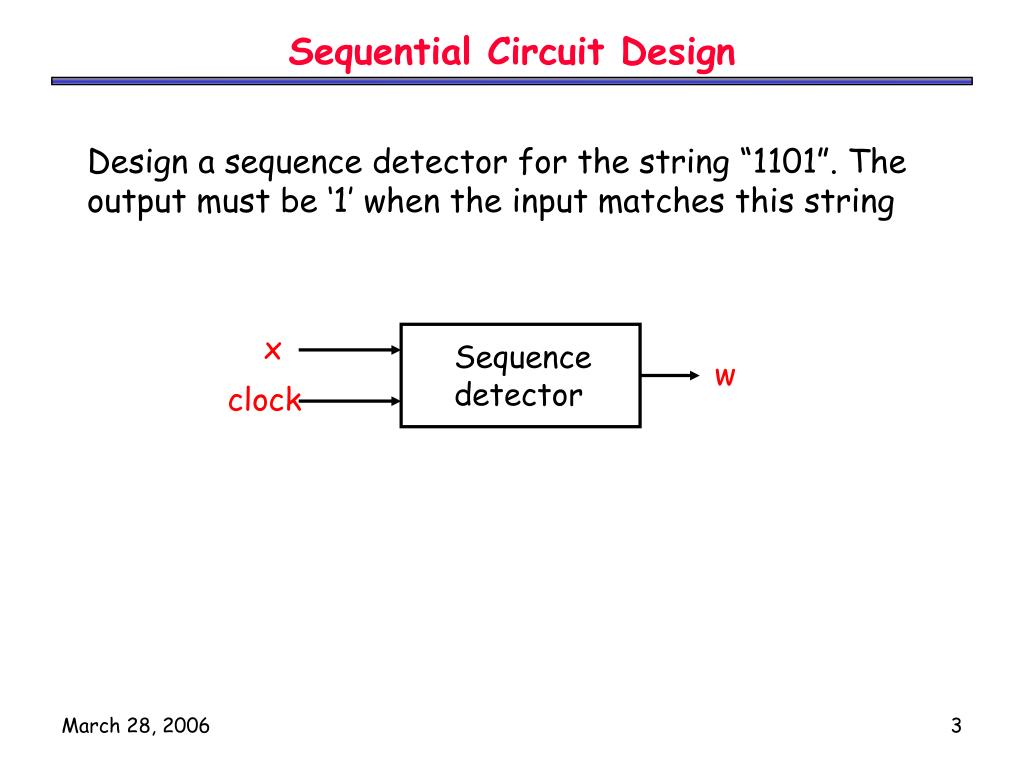Table Of Content
- Dimension of complexity
- Methods
- Types of Research Design
- 4. Results from the Reliability Tests
- Optimal group sequential designs constrained on both overall and stage one error rates
- Similar content being viewed by others
- Use of interval estimations in design and evaluation of multiregional clinical trials with continuous outcomes

The main highlights of this tool are that it is effectively managed to handle non-parametric, QUAN/QUAL data by offering a robust coding approach, data validation, model fit and reliability approaches that can be applied consistently in similar QUAN/QUAL data. Bajpai [9] posits that a comprehensive review consists of primary and secondary data. The secondary data collected is an input for the survey method for the primary data collection. It is important to mention that while primary data is typically gathered on a case-by-case basis, it generally is closely tied to the research aims and questions [9]. According to Cooper and Schindler [2], there are various methods for collecting primary data, but surveys are the most robust method for quantitative data collection.
Dimension of complexity
The interview answers’ verbatim transcription, completeness, language, and relevance are also critical for validity criteria [41]. This means that the selection of recording media becomes critical at this stage. For this study, validity was achieved using tape recording and interview answer sheets, which the interviewer consistently completed in all nine interviews with the top leaders. Furthermore, using the probing techniques described in Table 3 ensured that the respondents provided complete and relevant responses to each question.
Methods
So our participants may have become familiar with the intelligence test each time (and with the computerized testing administration). Another disadvantage of cross-sectional research is that it is limited to one time of measurement. Data are collected at one point in time and it’s possible that something could have happened in that year in history that affected all of the participants, although possibly each cohort may have been affected differently. Just think about the mindsets of participants in research that was conducted in the United States right after the terrorist attacks on September 11, 2001.
Types of Research Design
One sort of complexity mentioned was multilevel designs, but there are many complexities that can enter designs. The key point is that good research often requires the use of complex designs to answer one’s research questions. It is the responsibility of the researcher to learn how to construct and describe and name mixed methods research designs. Always remember that designs should follow from one’s research questions and purposes, rather than questions and purposes following from a few currently named designs.
4. Results from the Reliability Tests
(PDF) Exploratory Sequential Design to Develop and Validate Economics Placement Test for Nigerian Universities - ResearchGate
(PDF) Exploratory Sequential Design to Develop and Validate Economics Placement Test for Nigerian Universities.
Posted: Sat, 25 May 2019 07:00:00 GMT [source]
For example, data might be collected both at the levels of schools and students, neighborhood and households, companies and employees, communities and inhabitants, or medical practices and patients (Yin 2013). Integration of these data does not only involve the integration of qualitative and quantitative data, but also the integration of data originating from different sources and existing at different levels. Little if any published research has discussed the possible ways of integrating data obtained in a multilevel mixed design (see Schoonenboom 2016). A mixed methods design can be thought out in advance, but can also arise during the course of the conduct of the study; the latter is called an “emergent” design (Creswell and Plano Clark 2011). Emergent designs arise, for example, when the researcher discovers during the study that one of the components is inadequate (Morse and Niehaus 2009).
Use of Sequential Multiple Assignment Randomized Trials (SMARTs) in oncology: systematic review of published ... - Nature.com
Use of Sequential Multiple Assignment Randomized Trials (SMARTs) in oncology: systematic review of published ....
Posted: Mon, 26 Dec 2022 08:00:00 GMT [source]
There is no programming shown, but by accessing the sourcefor the article all required programming can be accessed; substantialcommenting is provided in the source in the hope that users canunderstand how to implement the concepts developed here. Hopefully, thefew mathematical and statistical concepts introduced will not discouragethose wishing to understand some underlying concepts for groupsequential design. The sophistication of the coding procedure affects the likelihood of mistakes in the data-coding stage [56]. Although Adu [49] has suggested that a single method for intercoder reliability would suffice, in this paper, several methods were used, following the suggestions from Freelon [51] for providing a strong estimate of reliability.

Similar content being viewed by others
In this study, validity was approached by adopting the analysis of variance, where at least 90% has been set as the cut-off point for valid responses in both the interview and the survey data collection phases. Similar to grounded theory, the thoroughness of the procedure adopted determines the validity of the findings [7,45,46,47]. True perception is seldom universal but rather illative, interpretative, and speculative. Crotty [12] describes epistemology as a conceptual viewpoint followed by a logical position that informs methodology and thus brings purpose to a technique that specifies the study’s logic and variables selection. The respondent (knower) and the individual cognitive bias (the known) in the H&S leadership commitment, in the context defined by the worldview, are the criteria in this case. As Morris [21] suggests, this “known” knowledge acts as a precursor to the efficacy of the interpretative paradigm, which is based on the notion that all knowledge is contextual.
For more information on how to articulate design complexity based on multiple purposes of mixing, see Schoonenboom et al. (2017). Since they include elements of longitudinal and cross-sectional designs, sequential research has many of the same strengths and limitations as these other approaches. For example, sequential work may require less time and effort than longitudinal research (if data are collected more frequently than over the 30-year spans in our example) but more time and effort than cross-sectional research. In turn, fuzzy logic through data analysis helps us to understand some of this complexity due to fuzzy set theory’s benefits that offer practical tools to characterise human expert knowledge [29]. Cross-sectional designs involve observing multiple groups at a single point in time. This is an easier and cost efficient way to collect data since all of the data is collected at once.

The impact provided by the methodological tool presented in this paper is therefore established to be novel and offers a distinct advantage in the body of knowledge. The dependence among components, which may or may not be present, has been summarized by Greene (2007). It is seen in the distinction between component designs (“Komponenten-Designs”), in which the components are independent of each other, and integrated designs (“integrierte Designs”), in which the components are interdependent. Of these two design categories, integrated designs are the more complex designs. We recommend adding to Teddlie and Tashakkori’s typology a sixth design type, specifically, a “hybrid” design type to include complex combinations of two or more of the other design types. A fruitful starting point in trying to resolve divergence through abduction is to determine which component has resulted in a finding that is somehow expected, logical, and/or in line with existing research.
For example, imagine that a researcher wants to see if an experimental drug can improve students' memory. The researcher gives one group the drug and doesn't give another group any kind of special treatment. After giving both groups a memory test, the researcher can determine if the pill had an effect on students' memory.
Most of their designs presuppose a specific juxtaposition of the qualitative and quantitative component. Note that the last design is a complex type that is required in many mixed methods studies. This design considers the qualitative (dominant) and quantitative (complementary) components. This design’s nature lies in a prior exploration of the social phenomenon through the techniques and strategies of the dominant method, thereby determining the critical categories to delimit the object of study and proceed with a quantitative deployment.
This analysis aims to reconcile the divergences between the research approaches, using the experts’ expertise in determining the critical dimensions (quantitative), supported by the qualitative findings. For this procedure, the experts will use structural analysis as a tool for collective reflection. A weighting system is applied considering the degree of dependence and influence between categories. The ethical criteria of qualitative research are based on the explanation of the researcher’s interpretative nature and the need to give meaning to the expressions of the subjects based on the quality of the expressions of the events [47].

No comments:
Post a Comment